Another year, another step closer to viewing social media less as a newfangled technology and more as a must-have in your marketing plan. My 5 predictions for social in 2012. Feel free to add yours!1. Going beyond the blue F. Yes, you have a tiny blue "F" at the bottom of your ad perhaps a tiny blue bird as well. While it's a good reminder to consumers to look for you in the social space it's kind of passe. People expect you to be there and people expect you to be listening. In 2012 I believe the companies who are doing it "right" will give people a reason to visit their page, use their hashtag, or take that extra step. Some will integrate it into a campaign - visit us on Facebook and tell us why you love to drive your Honda - others will wave a reward to lure people in - follow us on Twitter for breaking airline deals. Either way, you need to give a reason, the blue F isn't enough anymore.
2. Interests are key. Facebook will continue to be the keeper of our personal memories, stashed away in a beautiful timeline, but the other space to play in for social networks is our personal interests. Twitter has capitalized on this and the emerging network Pinterest is also quickly gaining ground. When we want to take a break from our friends and selfishly look at what interests us, these types of networks will be where we go. Facebook tried to tap into this with its subscribe button, but posts on your interests are often overwhelmed in your newsfeed by your friends' activity. I believe they are two separate needs, and ultimately two platforms.
3. Social will continue to be an important voice. From the upcoming election to unrest in the Middle East, social media will be the people's voice and play an important role in social change.
4. Mobile, mobile, mobile. Social media will be how we show the world what we are seeing, hearing, feeling while we are on the go. From pictures to check-ins to status updates, social will continue to be our voice on the run, our source of news, our quick hellos, our way to kill five minutes in the waiting room. The big networks will continue to invest in their mobile platforms and you'll start seeing more mobile ads on social networks.
5. Getting help. Companies will continue to have that a-ha moment when they realize that social takes time and they need to either staff up or outsource. At first they'll try to save a few dollars and pawn it off on the intern. Then they'll realize their intern may know his/her way around Facebook but is not quite yet a marketing genius and get someone with more experience. It seems to be the path most businesses go. What I predict you'll see is more affordable social marketing support in the next year. Smaller agencies who will run your Twitter, Facebook accounts for a reasonable amount.
My five predictions, let's hear yours.


